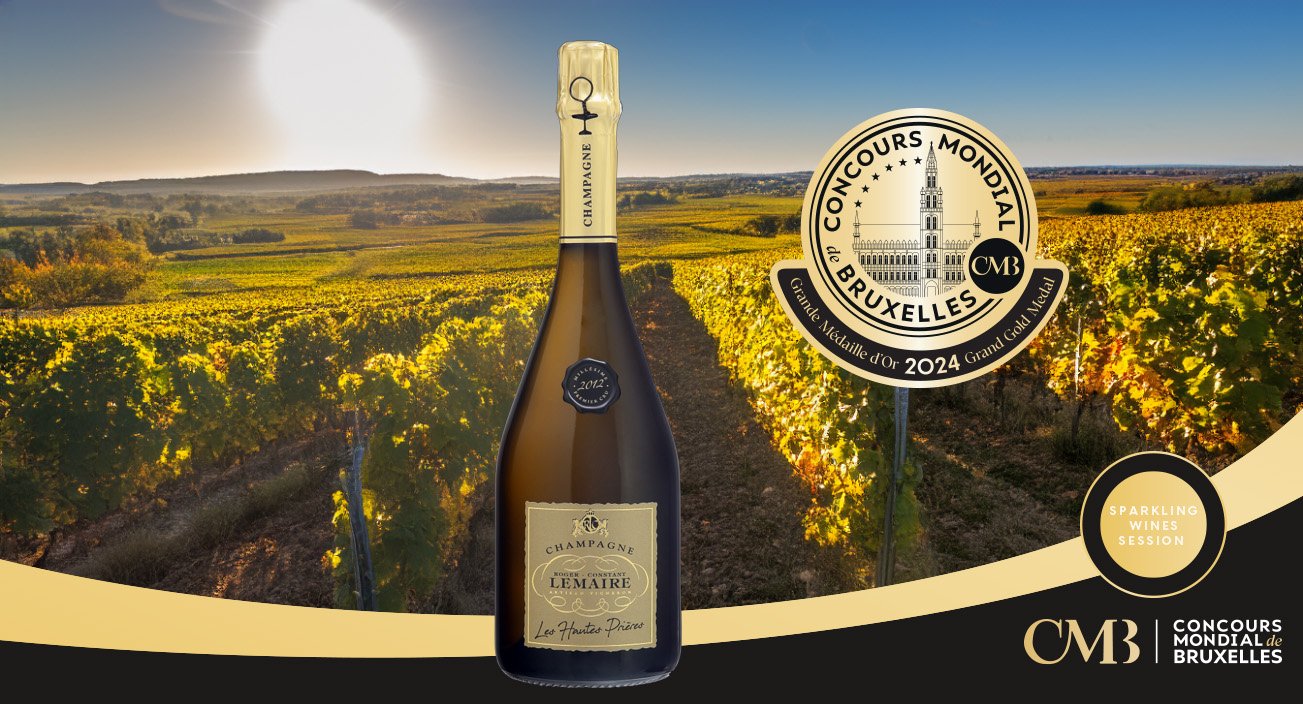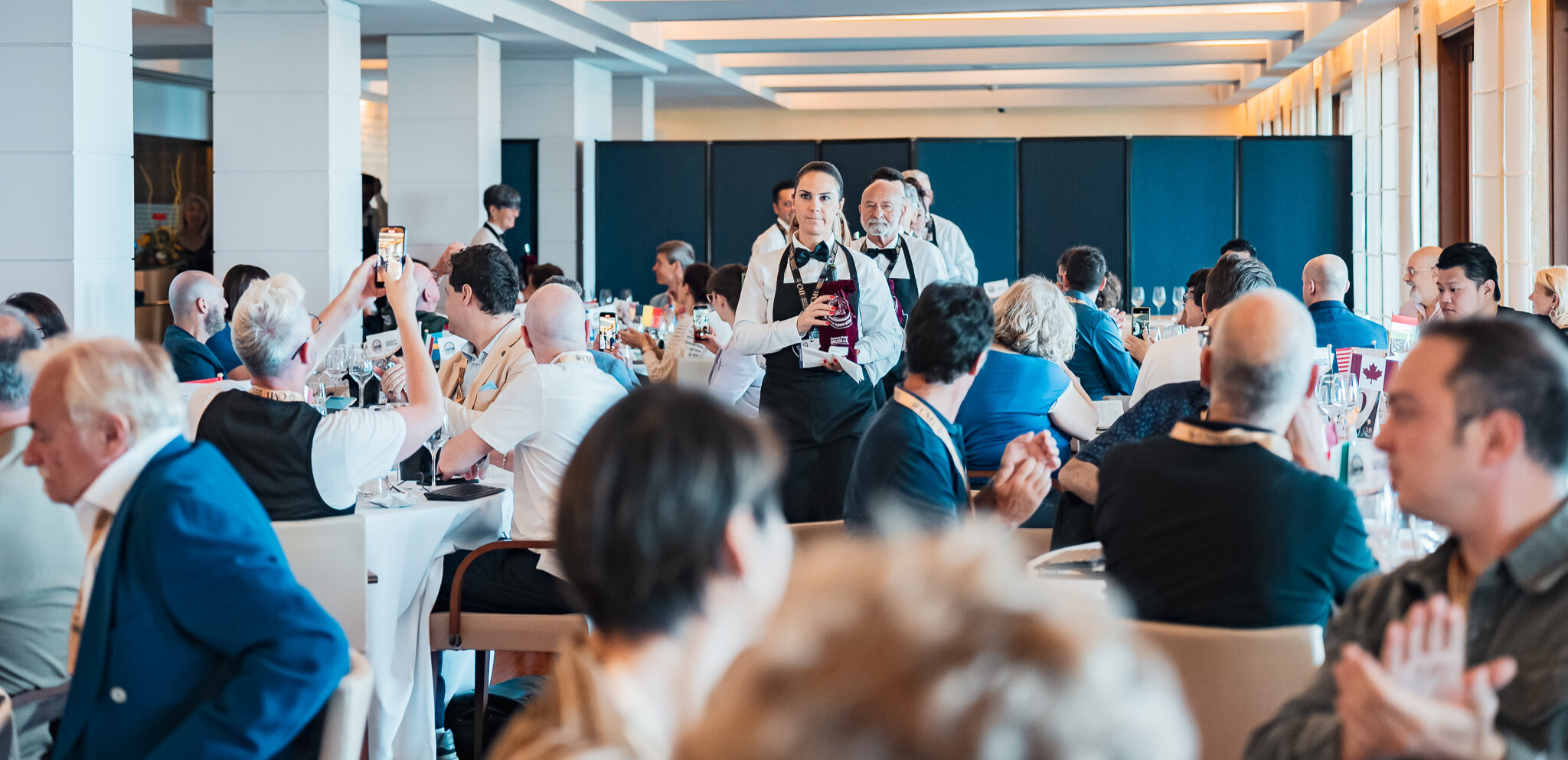A tradition of winegrowing spanning 26 centuries

Pays d’Oc is home to one of the richest histories of winegrowing, both in terms of vineyards and human input. For 26 centuries, the tempo here has been set by trade and cultural exchanges around the Mediterranean rim.
The Greeks, then the Romans, were quick to leverage the fabulous potential of the land and introduced vineyards which were acclaimed by Pliny the Elder and Strabo as early as the 1st century AD. The ancient ‘Via Domitia’ borders the vineyards of Pays d’Oc for over 200 km and is a testament to the presence of vineyards and distribution of wine throughout the Roman Empire. Under the ‘Ancien Régime’, wines from Pays d’Oc were served at the tables of the kings of France. Markets developed in Northern Europe, paving the way for new trade exchanges. During the reign of the Sun King Louis XIV, Pierre-Paul Riquet built the Canal du Midi, connecting the Mediterranean to the Atlantic. The structure, now a Unesco World Heritage site, opened up a significant window of opportunity for Languedoc and Roussillon wines in Northern Europe. Demand rapidly grew and vines went from being planted on the hillsides down towards the plains. In the 1970s and 1980s, greater internationalisation of the market for wine and higher standards led winegrowers to restructure their vineyards. The focus on varietal wines in Languedoc-Roussillon, promoted by winegrower Jacques Gravegeal and the dynamic Robert Skalli at the helm of the namesake company, illustrates the extent to which the production and marketing sides of the industry could successfully work together. The Languedoc wine industry thus tapped into an innovative, global market segment by creating a new category in 1987 – Vin de Pays d’Oc, which in 2009 became Pays d’Oc Protected Geographical Indication.



